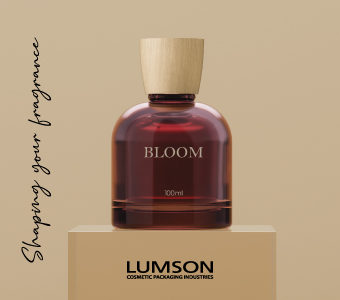Demographic crisis

"People live to be old in Japan, nowadays" explains Florence Bernardin, director of Information & Inspiration, who developed a passion for this country she visits several times a year. Japanese people, and specially Japanese women, actually set new records in terms of longevity. The number of centenarians in the country exceeds 40 000 (including 37 000 women).
Japan is in fact facing an unprecedented demographic crisis. With a birth rate not exceeding 1.37 children per woman in 2008, some demographers have announced that the population could fall from 127 million today to 100 million in 2050.
One thing is sure: the country is confronted with a rapidly aging population. Yet, people over sixty years of age brought up with consumer society have very different behaviors from generations that preceded them. They do not want to give up their status as consumers, even though their needs change. According to Florence Bernardin, "Purchase of cosmetic products by the 60 years of age generation, represents 19% of the total cosmetics market. With an annual increase of +4%". There is a lot at stake for cosmetic manufacturers, knowing that according to a survey ordered by Shiseido in 2007, 50% of women of this class of age believe there is not a single brand meeting their needs.
Different type of answers are found in surveys concerning the Japanese market:
– Firstly an hyper range segmentation per age group. The cosmetic market in 2008 witnessed the launch of lines entirely dedicated to women over 40 years of age, who account for more than 60% of the cosmetic market in Japan. Kanebo debuted on the 60-something age segment with the launch of Chicca, followed by Shiseido with Elexir Prior. Both products lines were highlighted with their reference icons for a greater proximity with targeted women.
– Then a discourse where nostalgia is put forward, and which is complemented with a rise in the price range. High-end creams was the most developed category in 2008. The number of creams exceeding 20,000 Yens (retail price = 150 Euros) has increased by 24% compared to 2004.
– Finally, older men are not forgotten and in turn become the target of brand marketing.

Economic slump
But the Nippon archipelago is also struck by an unprecedented economic slump which goes back to the early 1990s after the burst of the financial and real estate bubble in the late 1980s. Successive governments have tried unsuccessfully to revive the economy through costly programs of public works which as a result, exploded the national debt. The Koizumi government (2001-2006) tried to remedy this situation through a policy of structural reform. Without much success, since a new recovery plan was required to overcome the last financial crisis (2008-2009). Under such circumstances, according to the OECD, Japan’s public debt could reach 200% of GDP at the end of 2010.
This situation has severe consequences on the lifestyle and consumption habits of many Japanese and has forced firms to adapt their strategy. Thus, Shiseido, like other major Japanese companies, has chosen to direct its development overseas, particularly aiming at Asian emerging markets.

In the home market, responses to crisis have been multiple, from plain and sharp price decline, to more sophisticated consumer appeal attempts, particularly in seeking greater proximity (development of the retail offer in places such as stations, by developing pocket stores, ephemeral stores, vending machines) and facilities (payment with the travel card, mobile phones, etc..). Brands and retailers have also provided consumers with new shopping experiences during which luxury is synonymous with exclusivity, where consumer places become places of emotional discovery, etc..
The Internet is obviously playing a major part, if only to be a source of information for consumers (according to 70% of Japanese women over 20 years of age) but also as real growth engine through e-commerce.
The conclusion of Florence Bernardin? "In a difficult market, only innovation and responsiveness may help provide good products and good ideas at the right time. This requires constant attention, close follow-up of emerging trends, and the ability to identify good ideas as they arise".



































